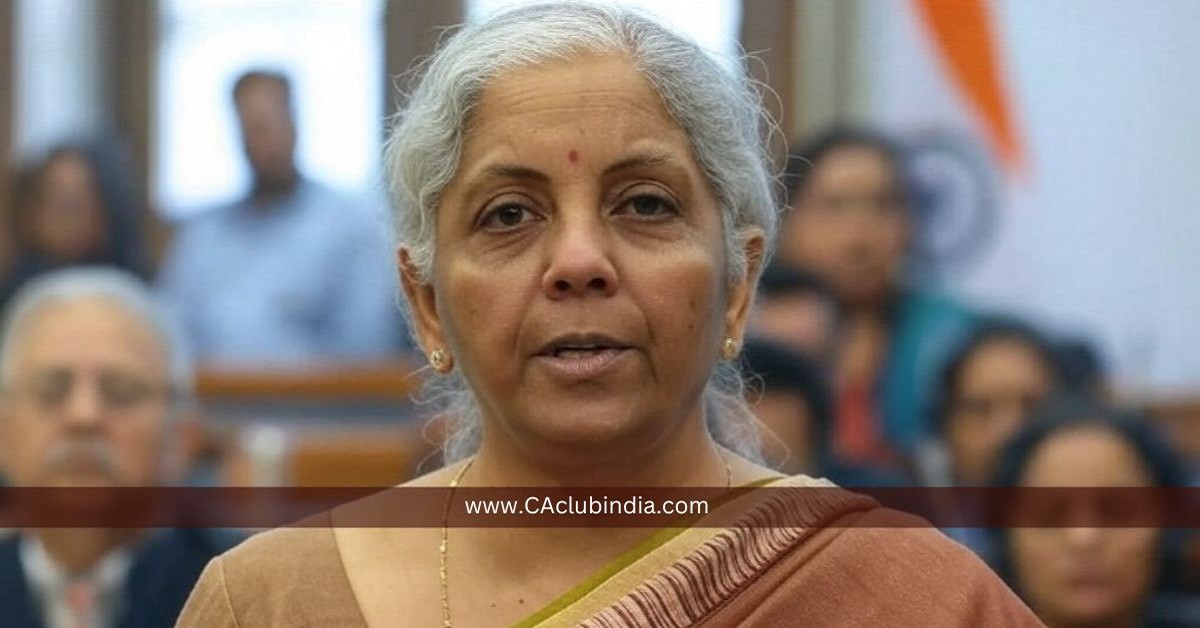In a significant development for India's taxation landscape, Finance Minister Nirmala Sitharaman announced on Tuesday that the GST Council is close to finalizing its decision on rationalizing GST rates. The move aims to simplify the existing tax structure, with the possibility of fewer and lower tax slabs on the horizon.
FM Sitharaman emphasized that the work on simplifying and rationalizing GST rates has been ongoing for nearly three years. "The work is almost complete," she stated, adding that the Group of Ministers (GoM) assigned to review the Goods and Services Tax (GST) structure has made substantial progress.

Current GST Structure and Proposed Changes
India currently operates under a four-tier GST system with tax slabs at 5%, 12%, 18%, and 28%. Essential goods like packed food items fall under the 5% slab, while luxury and demerit goods attract the highest rate of 28%. The Finance Minister highlighted that reducing the number of slabs was always part of the original intent behind GST implementation, ensuring simpler compliance and greater transparency.
"For me, it was also important that we don't lose an opportunity to reduce the number of rates. The ministers in the Council were asked to take a more in-depth look, especially at rates affecting everyday items," Sitharaman explained.
Implications for Businesses and Consumers
The anticipated rationalization could have wide-reaching effects on both businesses and consumers. Fewer slabs could simplify tax compliance for businesses, while lower rates may translate into reduced prices for essential goods, offering relief to the common man. The decision could also bolster economic growth by stimulating consumer spending and business investments.
Economic Fundamentals Remain Strong
The announcement comes on the heels of the Union Budget 2025-26, where Sitharaman provided significant income tax relief for the middle class. She reiterated that India's economic fundamentals are strong, dismissing any concerns of a structural slowdown. "Tax relief in the Budget is a reflection of the Prime Minister's commitment to taxpayers," she asserted, refuting claims that the relief measures were politically motivated ahead of the Delhi Assembly elections.
Capital Expenditure on the Rise
On questions about capital expenditure (capex), Sitharaman clarified that far from decreasing, capex has risen to Rs 11.21 lakh crore, accounting for 4.3% of GDP. This marks a steady increase from Rs 10 lakh crore in FY24 and Rs 7.5 lakh crore in FY23, underscoring the government's commitment to infrastructure development and economic growth.
The fiscal deficit has also been carefully managed, with the FY26 target set at 4.4% of GDP and the FY25 target lowered to 4.8%, reflecting the government's prudent fiscal approach.
Looking Ahead
With the GST Council expected to make its decision soon, businesses and consumers alike are watching closely. The potential changes in GST rates could reshape India's tax regime, offering simplified compliance for businesses and financial relief for consumers, aligning with the government's broader goal of fostering inclusive economic growth.




 CAclubindia
CAclubindia

